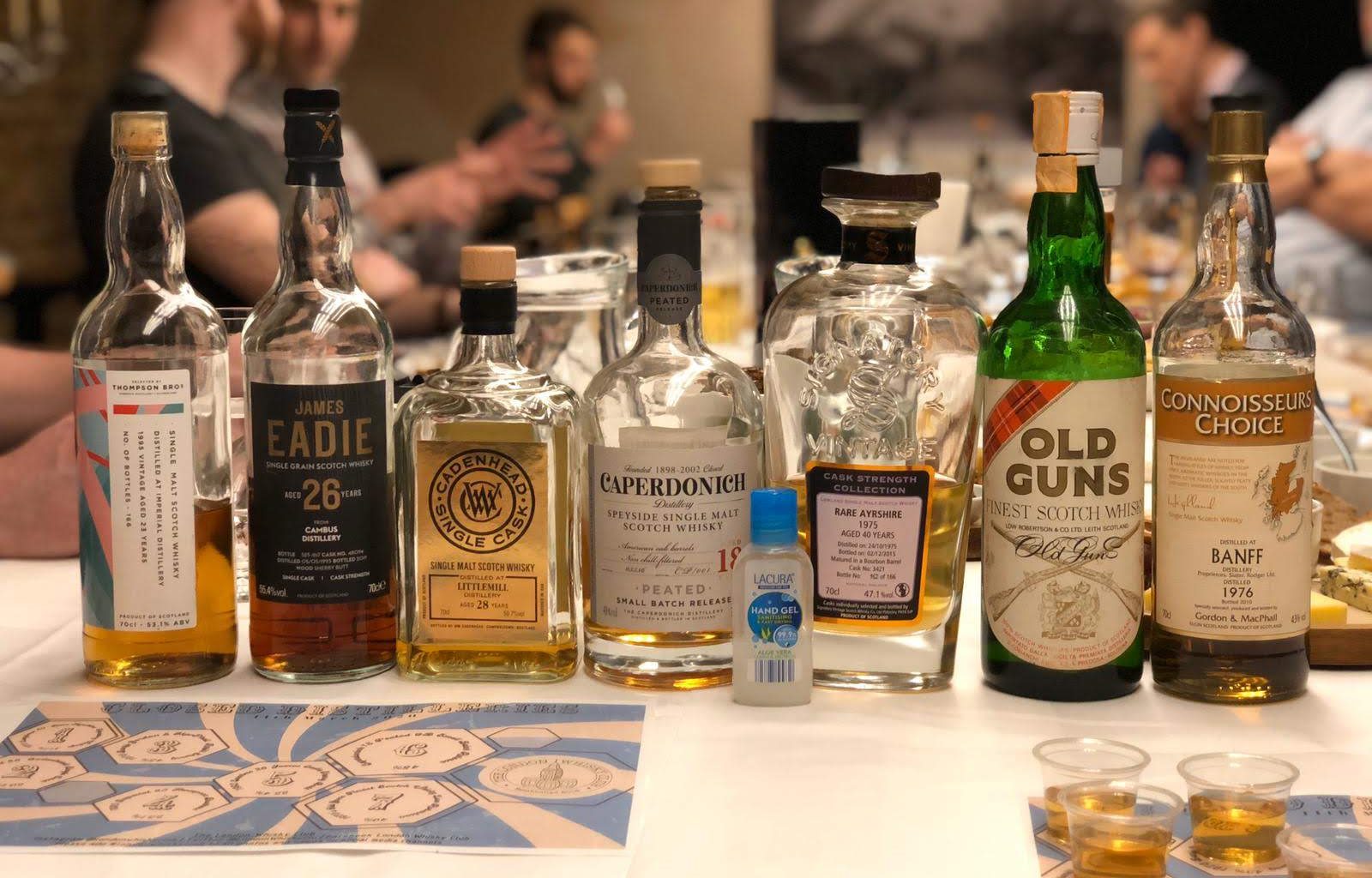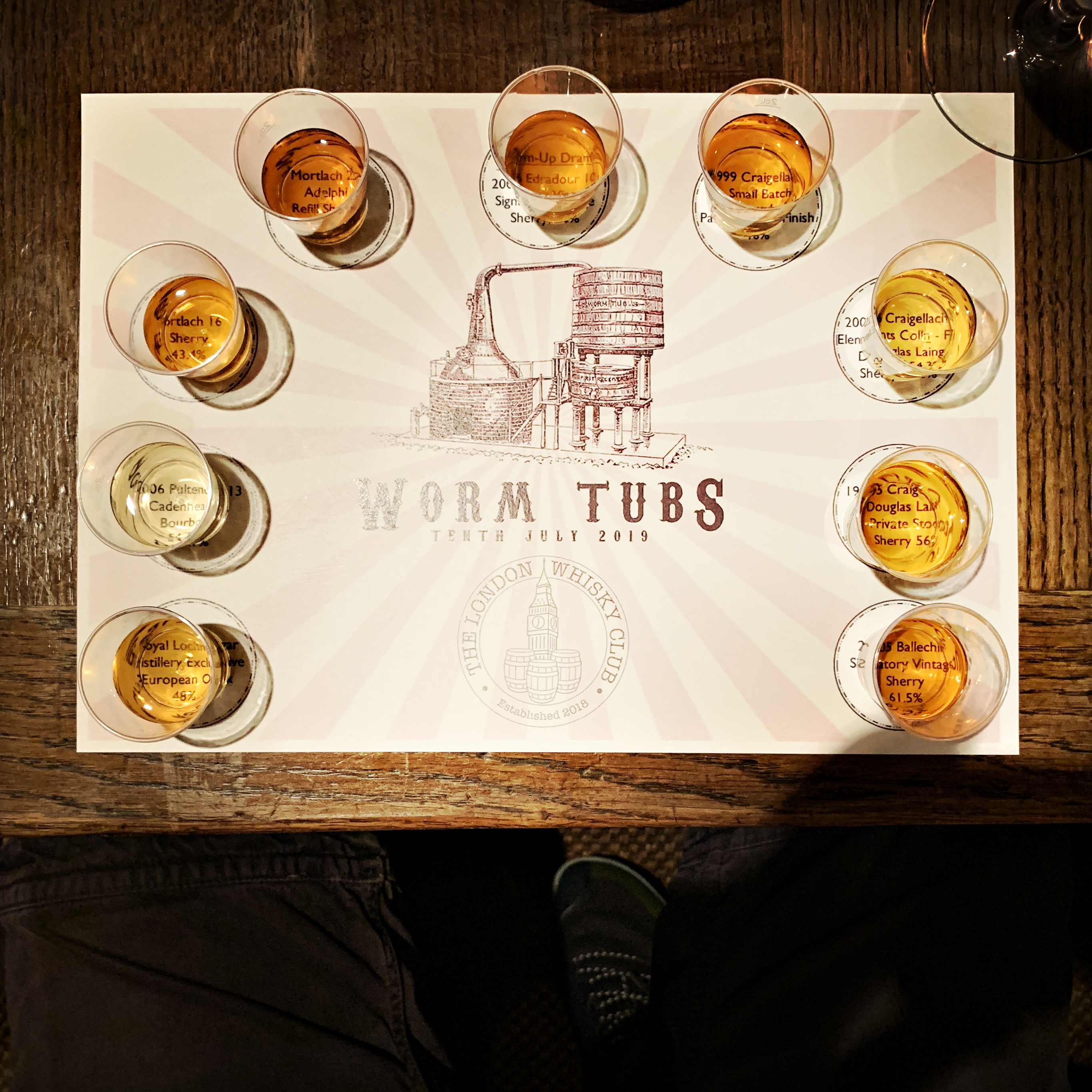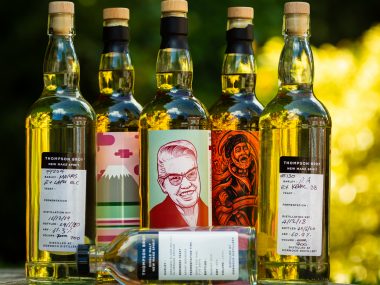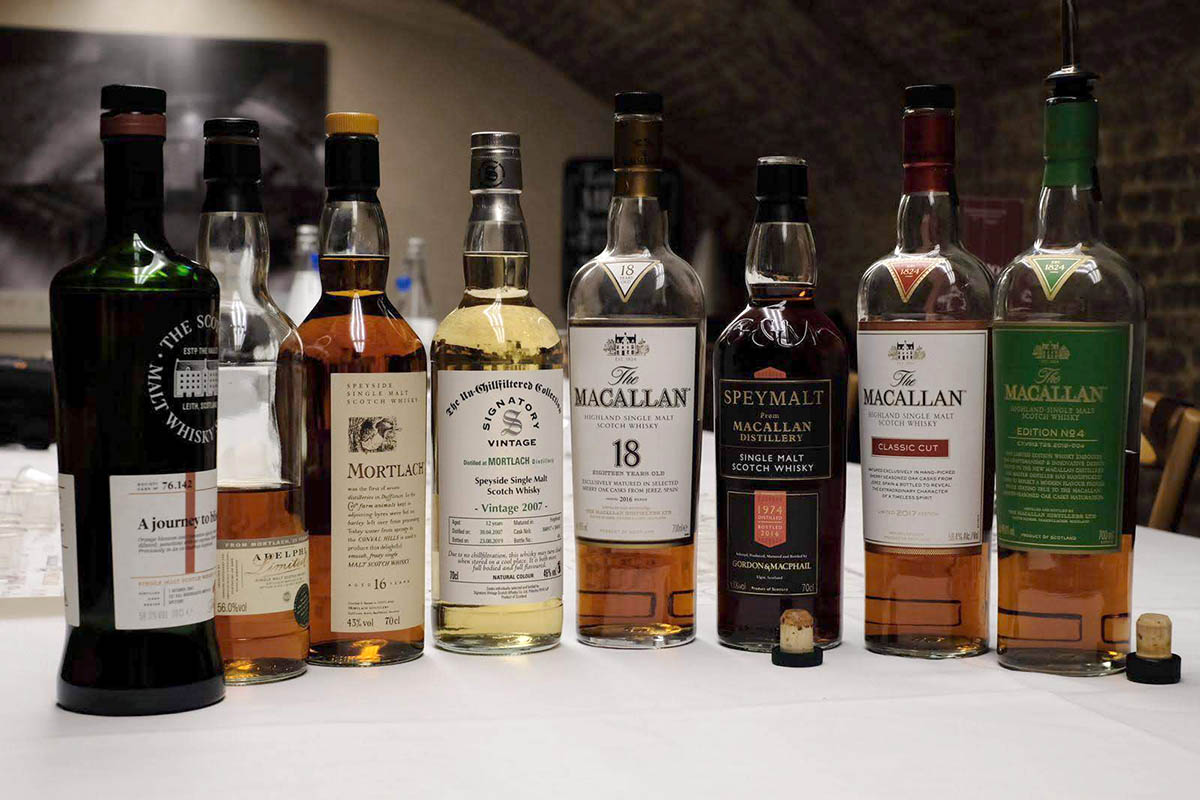Closed distilleries – are they really worth the hype?
I’ll admit, I fetishise closed distilleries as much as the next guy.
We all crave the thrill of drinking whisky from a bottle that can’t be readily replaced. Simply knowing you can’t have something makes it all the more desirable.
But it’s not just that. There’s also the craving for knowledge, a desire to learn more about whiskies of the past. Some of these whiskies were produced decades ago; in some instances, they were born before we were. Drinking them is like stepping into a time machine that transports us to another era, to explore whisky as it was made back then. Like archaeologists, we excavate these surviving relics from the past, honouring defunct distilleries by keeping their memory alive.
We’re also motivated by an acute FOMO-driven sense of urgency, one that stems from witnessing these rare specimens being driven to extinction. Time is of the essence, act now or forever miss out. Here today, gone tomorrow.
This incites its own form of panic buying. The distilleries are gone but not forgotten, and the fruits they produced are still to be found, if you know where to look. But the more we drink, the more we exhaust already dwindling supplies, driving up competition for the last remaining bottles and pushing eye-watering prices even further upward.
At times, you have take a step back and wonder if it’s all got a bit out of hand.
Are these whiskies worthy of the reverence and cachet surrounding them? Is the premium price they fetch in the market justified?
Are they really worth the hype?
It’s no surprise to see a sellout crowd tonight. Opportunities to taste whiskies like these are rare – too often those privileged enough to own bottles from closed distilleries are reluctant to open them, let alone share them with a big crowd.
So I’m thrilled to see bottles of this calibre at a tasting, rather than gathering dust on a shelf. Contrary to prevailing wisdom that a bottle must be kept closed to retain its value, measuring the true value of a bottle requires opening and enjoying it.
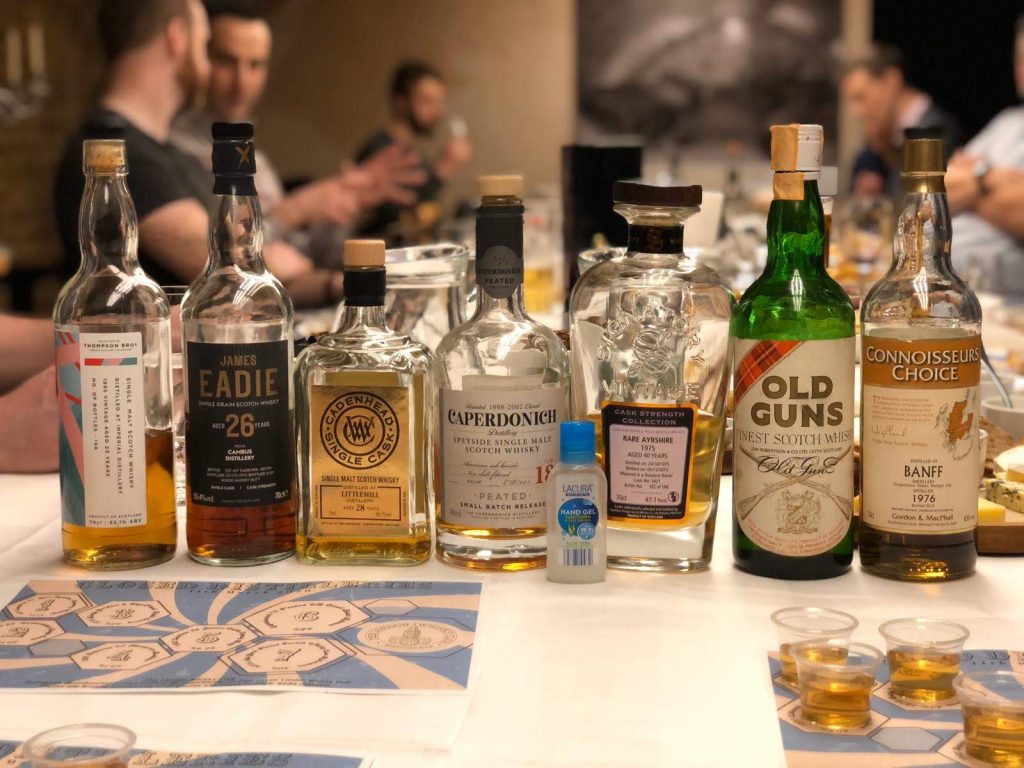
All the bottles here tonight have been furnished by individual members. This is a unique aspect of TLWC – the enthusiasm and generosity of members drives its success. I’m impressed to see this community spirit flourish amidst the spate of self-serving interests distorting the whisky market today. It’s nearly enough to restore your faith in humanity.
So enough babbling, let’s get to the drams.
—
Dram #1: Rare Ayrshire (Ladyburn) 40yo 1975/2015 (47.1%, Signatory Vintage Cask Strength Collection Rare Reserve, Bourbon Barrel, C#3421, 166b, b#162)
Nose
Divine, floral sweetness. Honeysuckle and jasmine, fragrant sweetgrass, pressed linen, Turkish delight, cream.
Palate
First impression is peach stones, slight woody bitterness infused with fruit nectar. Subsequent sips discover dandelion, violet sweets, Manuka honey.
Finish
Spicy wood and fading bitterness.
Overall
Love this understated and elegant Lowlander profile, but fear we may have peaked too early.
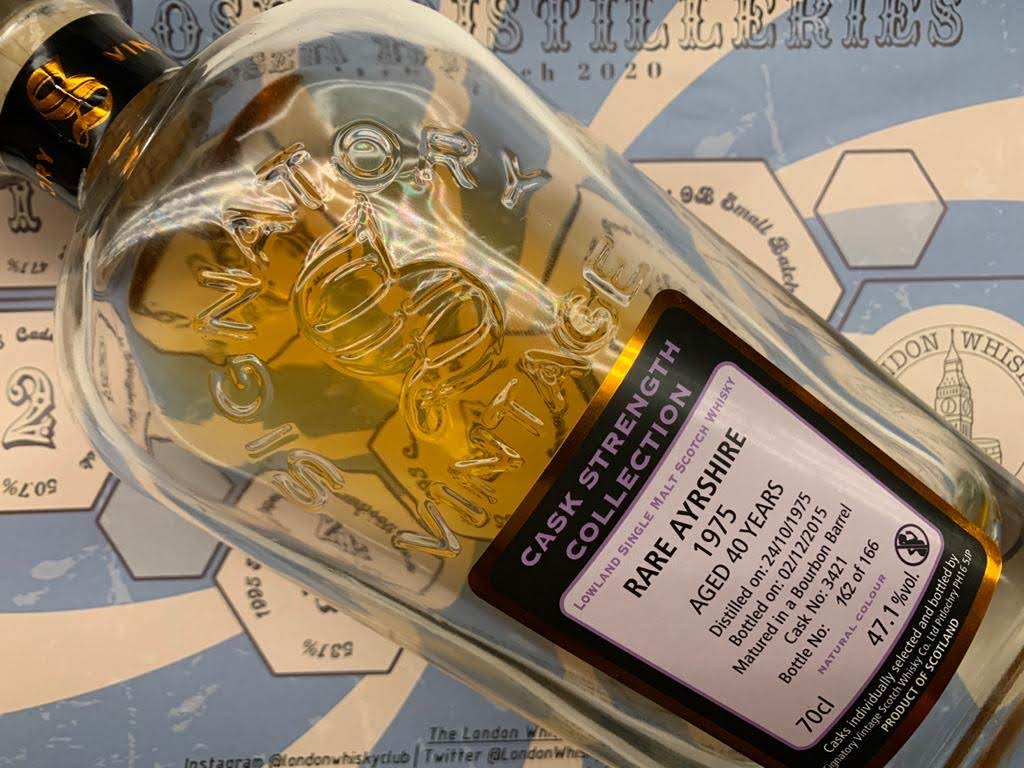
Dram #2: Littlemill 28yo 1990/2019 (50.7%, Cadenhead Single Cask, Bourbon Hogshead, 282b, 19/207)
Nose
Apricots and citrus fruit.
Palate
Apricot skins, unripe fruit, grape stems. Seems rather muted and subdued (maybe needs more time to open up?) as opposed to a fruit jamboree.
Finish
Spicy – crystallised ginger and white pepper.
Overall
Although many attendees’ favourite of the night, I think it’s haunted by the ghost of sexier, fruiter Littlemills. Don’t get me wrong, though – this is a fine dram.
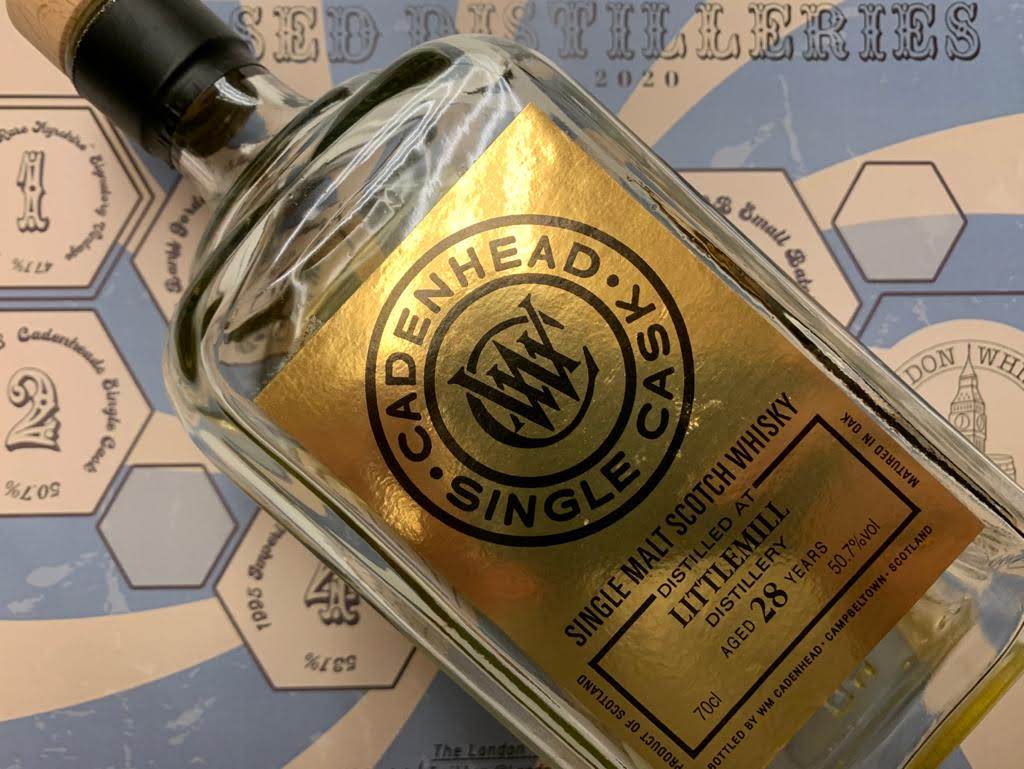
What’s this? A last-minute addition to the lineup?
Dram #2.5: Millburn 25yo 1975/2000 (61.9%, OB Rare Malts Selection, b#6095)
Nose
Super clean. Lemon, mango coulis, vanilla, balsa wood, popsicle sticks. Sniff carefully, the high octane alcohol singes nose hairs!
Palate
BAM! Hyper-concentrated flavour explosion. Lemon drop candies, lemon curd, apricot compote – totally mouth watering. Surprisingly drinkable despite the high ABV, although I wouldn’t necessarily choose it as a starter.
Finish
Tangy, tart citrus.
Overall
Beautiful, powerful dram. I must confess, though, that I drank this one out of order. Due to the 61.9% alcohol strength, I saved it for last.
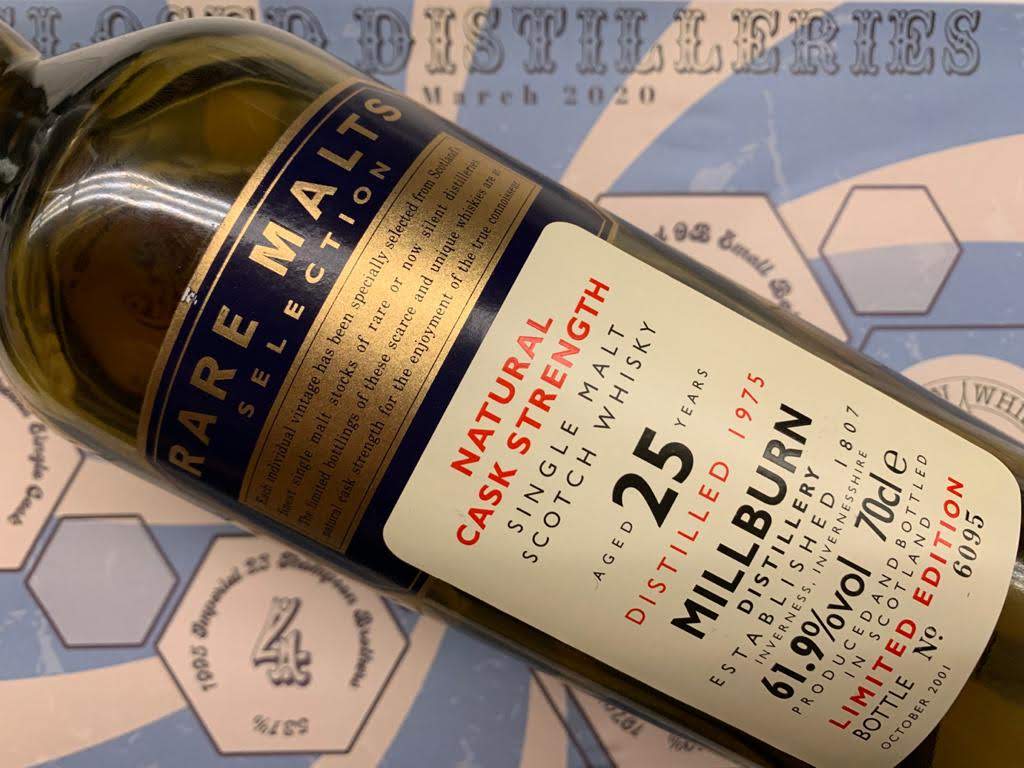
Dram #3: Banff 34yo 1976/2010 (43%, Gordon & MacPhail Connoisseur’s Choice, Refill Sherry Hogshead, AJ/AFGJ)
Nose
From dusty warehouse and old books emerge orchard fruit, plum, brown paper bag. Others note a subtle smokiness, but I cannot detect it.
Palate
Yellow mustard, cornichons, vinegar – the makings of a tasty salad dressing.
Finish
Wet cardboard, damp wood, mushrooms.
Overall
This is my bottle, so I’ve tried it previously. I’m finding it less soft and floral today compared to when I first opened it, with more prominent mustard & vinegar notes. Seems more powerful than its 43% ABV.
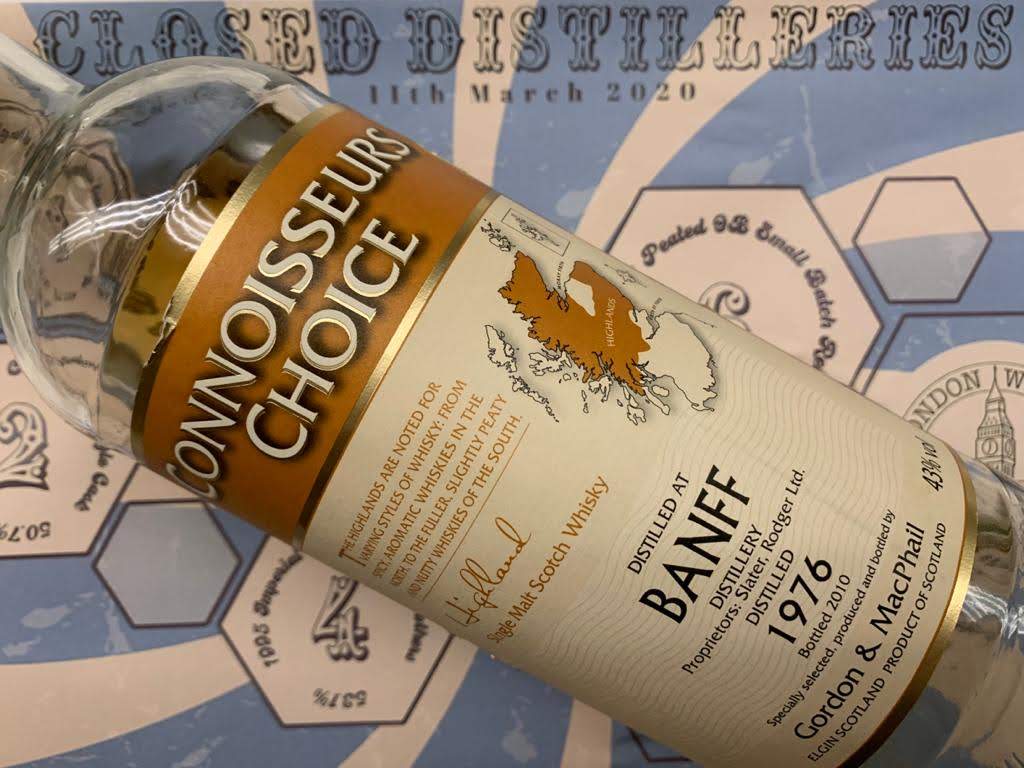
Dram #4: Imperial 23yo 1995/2019 (53.1%, Thompson Bros, Bourbon Barrel, 166b, CBSC5 06093)
Nose
Lightly perfumed soap and Vidalia (sweet) onions.
Palate
Juicy, but not terribly sweet. Thick and deliciously mouth coating. Cooking apples. More onion.
Finish
Cola, fizzy.
Overall
What’s not to like? Another nice Imperial. My notes don’t do it justice, my ability to distinguish flavours is already growing a bit worse for wear.
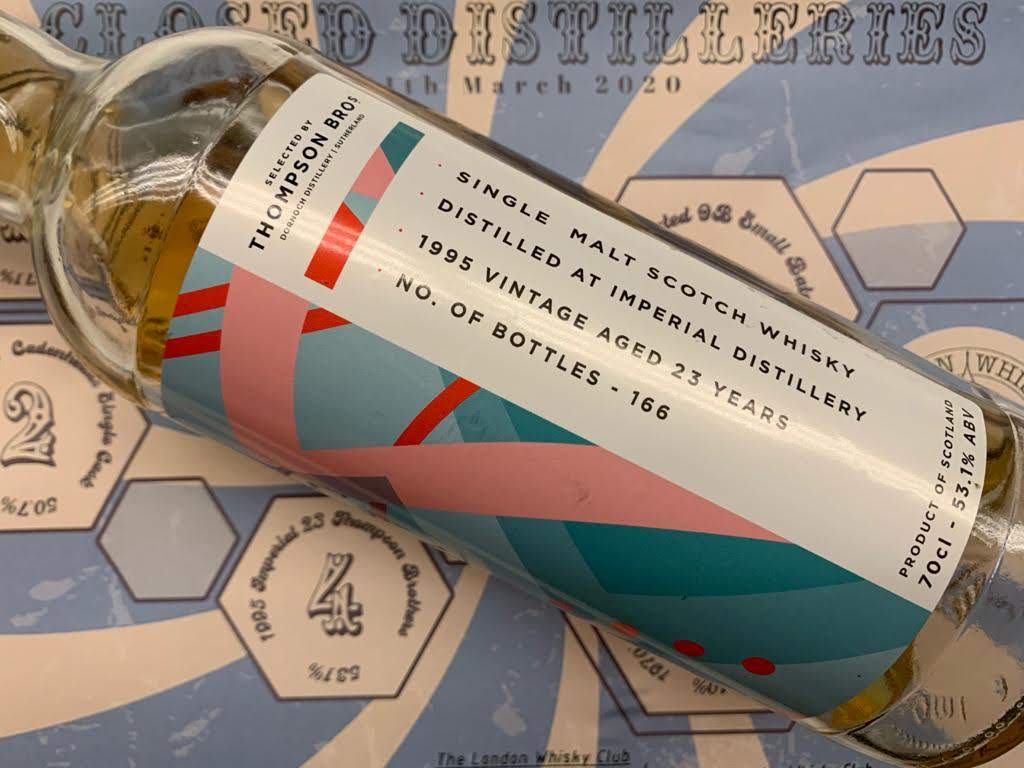
Dram #5: Cambus 26yo 1993/2019 (55.4%, James Eadie, Sherry Butt, C#48094, 617b, b#525)
Nose
Raisin, black bun, coffee; the sherry is prominent but not overpowering – I’m not a particular fan of sherry but this doesn’t offend me.
Palate
Coffee beans, leather, wood. Viscous and coating in mouthfeel.
Finish
Slightly drying, ground nutmeg.
Overall
Blunts the tastebuds, not sure how much more I can taste after this one.

Dram #6: Caperdonich 18yo (48%, OB Small Batch Release, B#CP/001, b#03536, LKRN 2032, b.2019)
Nose
Sooty smoke, chimney flue, charcoal, reminiscent of certain Caol Ila, green olive, and, if you search hard enough, latent fruit emerges.
Palate
Black olives, dirty, punchy.
Finish
More smoke and soot.
Overall
Not the profile of Caperdonich that I love, but interesting all the same.
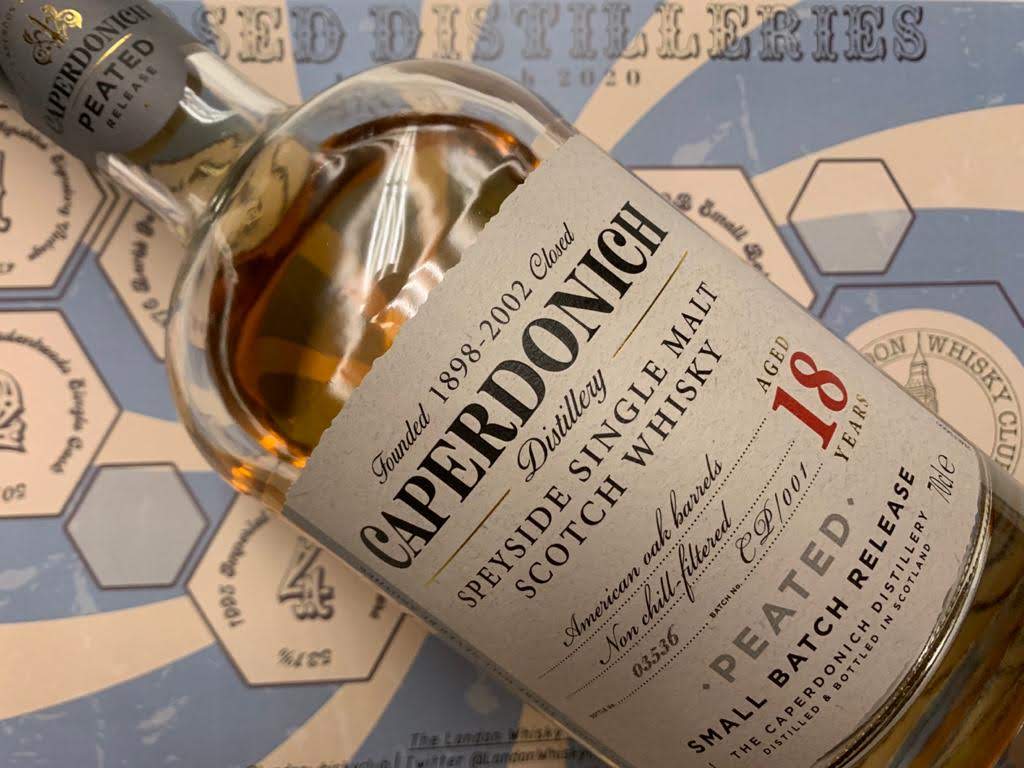
Dram #7: Old Guns (40%, Low Robertson & Co. imported by S. Cobianchi, b. ca 1970s)
Nose
Cooking oil, fatty (rendered fat), dust and cobwebs, faint whiff of vinegar, metallic notes, reeks of old bottle character.
Palate
Gentle, thin consistency. Whisper of peat – or perhaps more than a whisper, but my tastebuds have been demolished by the last 2 drams.
Finish
Non-descript, subdued.
Overall
Rumoured to have a generous percentage of Port Ellen. Can I taste it, though? Only if I close my eyes and imagine really hard. Any characteristic markers of Port Ellen have largely been smoothed out by the other components, unsurprisingly. An interesting example of an old-school blend, seems Italians often do it better when it comes to whisky. Not sure why this was saved for last, it suffers from the late position in the lineup.
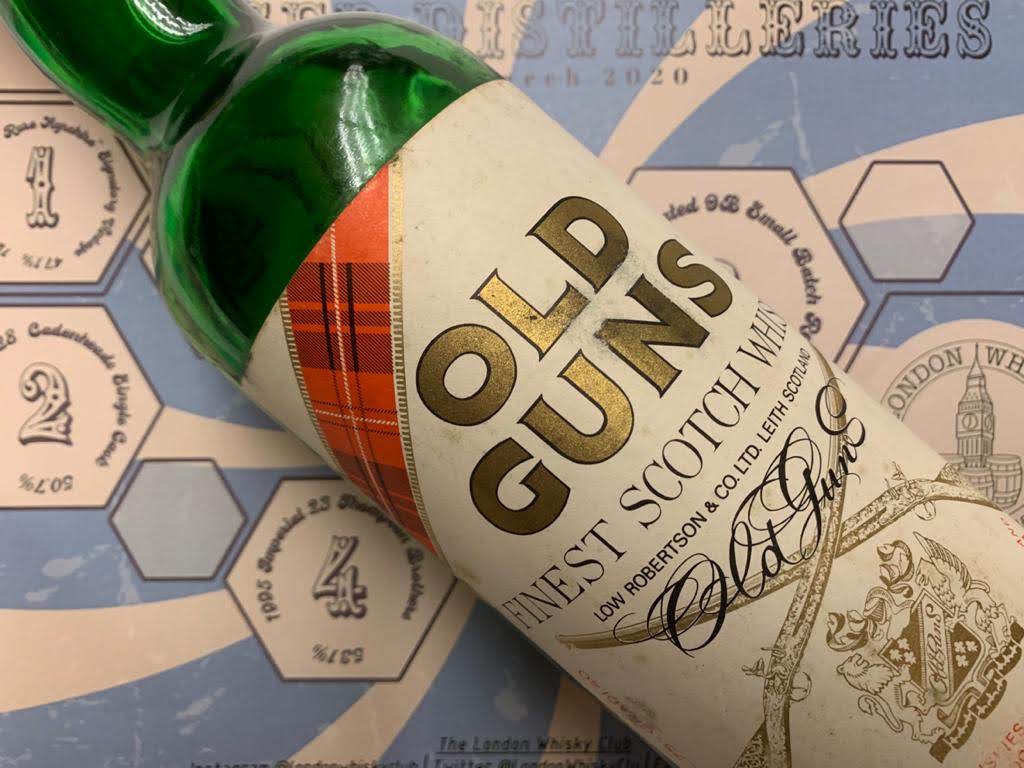
—
Ok, clearly it’s not all hype. These closed distilleries bear witness to a history worth celebrating. It’s hard not to wonder what they would have become, if they hadn’t been shuttered during tough times.
Once everyone’s votes are tallied, the Banff and Millburn come out neck and neck as best dram, with the Littlemill not far behind. My personal favourite was the Ladyburn, although no one else voted for it.

Little did we realise at the time of this tasting that it would be the last for the foreseeable future. In the ensuing days, the spread of coronavirus has led to a clampdown on public gatherings like this.
It serves as a stark reminder that, as much as we plan for the future, reality can change dramatically at the drop of a hat.
If we don’t know what tomorrow brings, maybe it’s time to open those rare bottles we have stashed away and drink them, in order to appreciate their true value. If not, who will do it for us when we’re gone?
More importantly, given the current situation, we ought to turn our attention back to the producers, distributors, and retailers fighting to stay afloat during this pandemic. While we can’t go back in time to rescue distilleries no longer with us, we can take action to prevent today’s distilleries from becoming tomorrow’s casualties. In the midst so much uncertainty and fear, we can keep supporting these businesses through hard times.
Let’s honour them by keeping them alive.
By Jenny Sappington

